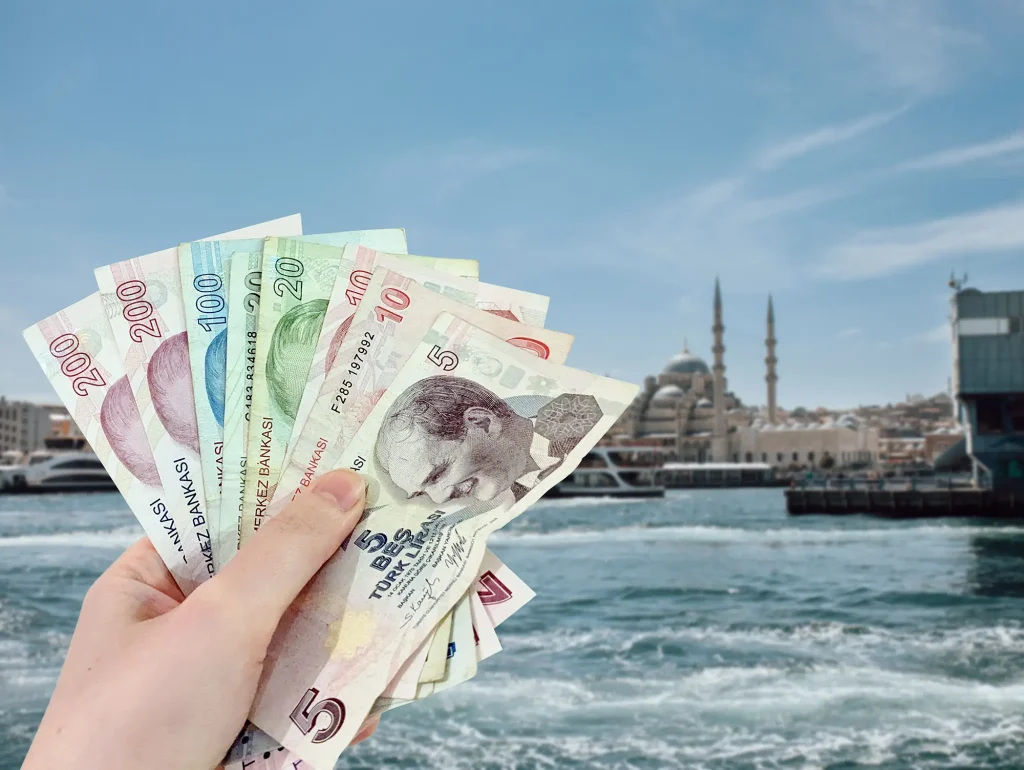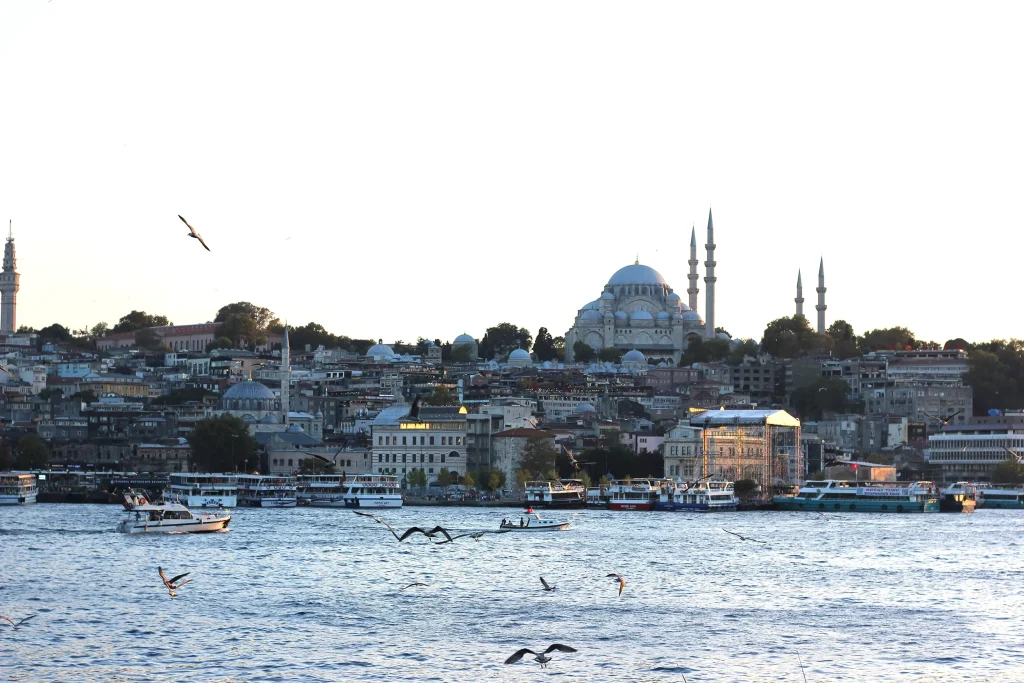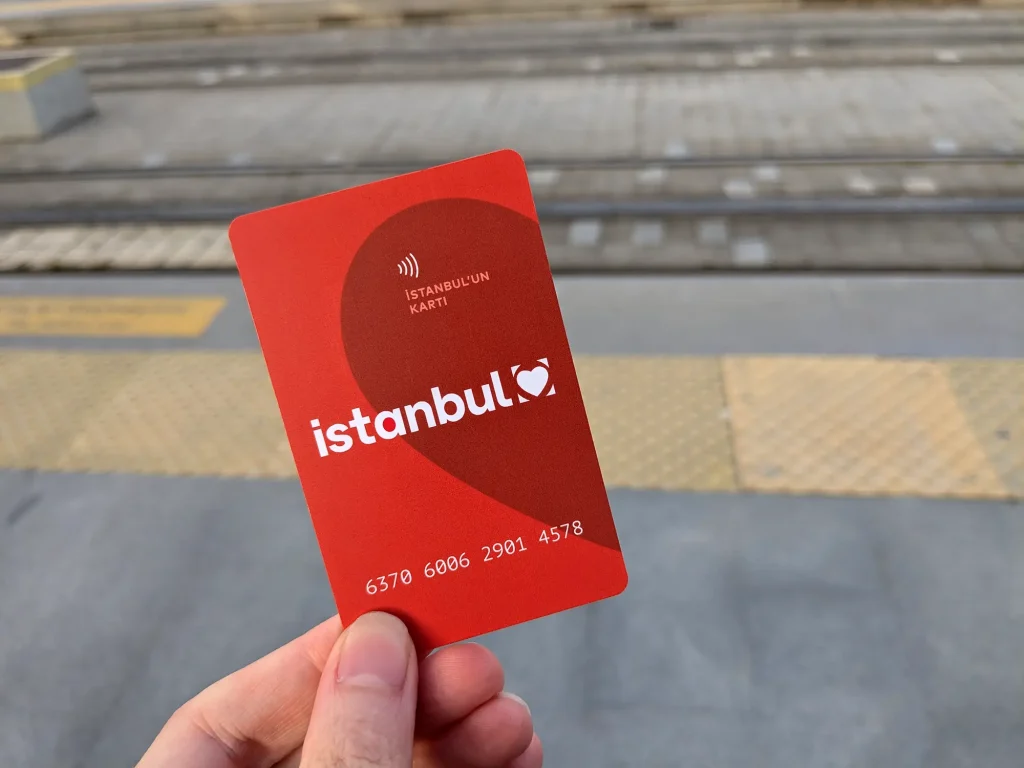First, let’s understand Turkish currency
Türkiye’s official currency is the Turkish Lira (₺ or TL). When looking at exchange rates or ATMs, you’ll see it abbreviated as TRY.
Using Euros in Türkiye
Despite the lira being the local currency, euros are commonly accepted, particularly by businesses catering to tourists. Of the four places we stayed, three hotels charged us in euros (the exception was our Airbnb). Major tourist attractions, tour operators, and some airport transfers also quoted prices in euros.
That said, every restaurant we visited charged us in lira, regardless of how touristy the area was.
We asked one of our tour guides about it, and they explained that the lira’s value can fluctuate significantly, which makes it difficult for businesses to price things consistently. Accepting euros gives them a more stable option when dealing with tourists, especially for high-cost services like accommodation or tours.
So, what is the best cash to take to Türkiye?
Turkish lira is essential for day-to-day spending, but if you’re heading to Cappadocia or other tourist-heavy areas, it’s worth carrying some euro cash as well.
Most euro transactions we made were by card, but in Cappadocia, we ran into more cash-only situations than we did in Istanbul. We’d definitely pack a few more euros next time – it would’ve saved us from the “can we pay in lira?” conversations and all the currency calculations.
When you don’t need cash
Türkiye is very card-friendly, and we had no trouble using our Mastercard credit card. Contactless payments were also widely accepted, even in places we didn’t expect. We were able to use our card at:
Restaurants & Cafes
From casual kebap shops to sit-down Turkish breakfasts, card payments were accepted everywhere we ate.
Retail Stores + Supermarkets
All stores and supermarkets accepted cards, though our card was rejected at A101 stores (once in Istanbul and again in Cappadocia) – so we avoided these stores for the rest of the trip.
The Grand Bazaar
We didn’t end up buying anything at the Grand Bazaar, but from what we saw card payments were widely accepted.
Transport
We only used public transport in Istanbul, where we used their travel card (Istanbulkart). You can buy and reload the card using a credit or debit card at machines across the city.
When you will need cash
These are the situations where we found cash essential:
Small Street Vendors
If you’re wanting to try some traditional Turkish snacks like simit (Turkish bagels) or mısır (grilled corn), make sure to have some lira on hand as every street vendor we came across was cash-only.
Traditional Experiences
Our hamam (Turkish bath) experience in Istanbul had to be paid in cash. I wish we’d looked into this before our trip and had more euros to cover this as although we were able to pay in lira I couldn’t even close my wallet because of how thick the pile of notes from the ATM was.
Hotel-Booked Experiences
In Cappadocia, we booked a Red Tour and airport transfers through our hotel – both had to be paid in cash. We used some of the euros we’d brought with us and covered the rest with lira we withdrew from a local ATM.
Emergency Situations
Unexpected things can happen – like machines going down or your card being rejected. This happened to us twice at A101 stores, and having cash on hand saved us from having to put our groceries back.
Tips for getting cash out in Türkiye (without getting scammed)
When it comes to getting money while travelling, my partner and I have a hard rule: avoid currency exchanges and steer clear of generic ATMs like Euronet. Both of these often charge high fees or offer terrible exchange rates.
Instead, we stick to local bank ATMs and use a debit card that reimburses international ATM fees and doesn’t charge currency conversion fees. Other than withdrawing money, we stick to using our credit card for any purchases we make.
Our recommended bank in Türkiye: Ziraat Bankası
Before our trip, we did some research into local Turkish banks and landed on Ziraat Bankası. It’s one of the country’s largest banks, so you can find branches and ATMs across both major cities and smaller towns. We had no issues withdrawing money using their machines, and they didn’t charge any additional ATM fees on their end.
Where to Find ATMs in Istanbul
ATMs are incredibly easy to find in Istanbul, especially compared to other European cities I’ve visited. You’ll come across clusters of them near popular tourist areas and busy transport stops, you’ll find Ziraat ones also.
Other than these you’ll also find atms attached to bank branches across the city – if you’re wanting to find a Ziraat ATM simply search for this in Google Maps.
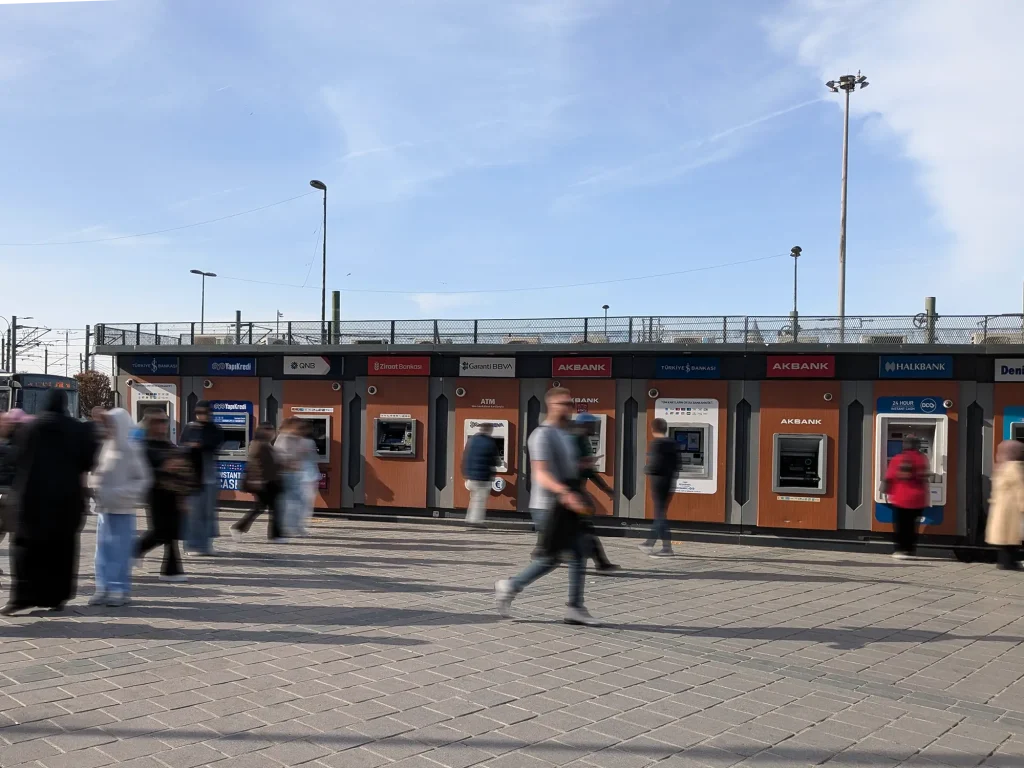
Where to Find ATMs at Istanbul Airport
If you’re flying into Istanbul Airport, there’s a Ziraat Bankası ATM in the arrivals hall near Exit 9. This is where we withdrew some cash before heading into the city.
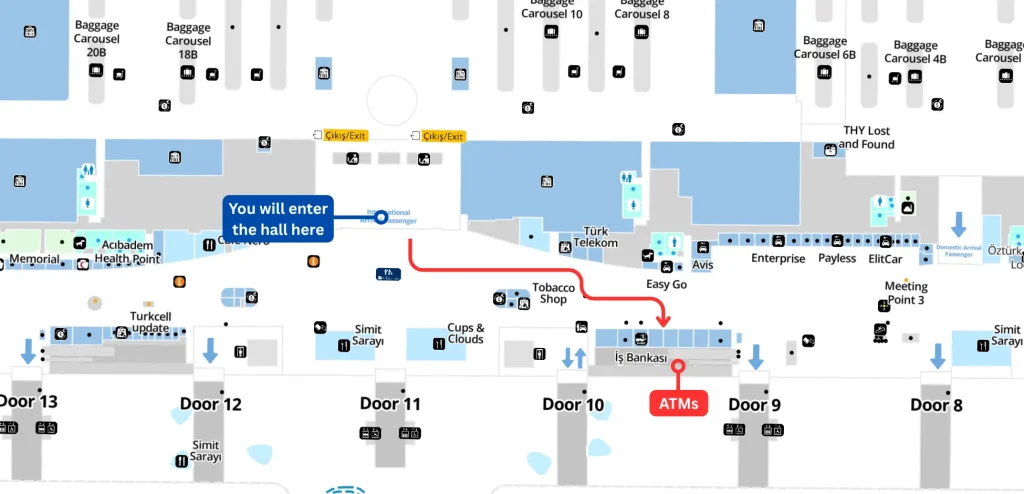
Don’t forget to always decline conversions
When the ATM asks if you want to be charged in your home currency, always select ‘decline conversion‘. This ensures you’re charged in lira and get an accurate exchange rate from your bank, not the inflated one from the ATM.
So, how much cash should you bring to Türkiye?
Over the course of our 10-day trip, we spent 14,000 TL in cash. This covered things like street food, our hamam experience, and several hotel-booked activities in Cappadocia that required cash payments.
Of course, how much you’ll need depends on your travel style and where in Türkiye you’re visiting. If you’re sticking to big cities like Istanbul and relying mostly on cards, you won’t need quite as much. But if you’re planning to book local tours/experiences or transfers through your hotel, I’d recommend having a decent cash buffer.
When it comes to currency, I’d recommend bringing some euros with you and planning to withdraw lira from a local bank ATM once you arrive. That way, you’re covered for any card and cash-only situations.
